In the world of climbing, few pieces of gear are as important as the climbing harness. It’s the crucial connection point that links a climber to their rope and safety system, providing both comfort and security on every ascent. Whether you’re scaling indoor walls or tackling outdoor crags, a harness is what keeps you safely attached — and comfortably supported — through every move.
🪢 What Is a Climbing Harness?
A climbing harness is a specially designed piece of equipment worn around the waist and thighs to distribute weight evenly during climbs, falls, or descents. It acts as the anchor between the climber and the rope, allowing safe belaying, rappelling, and resting while on the wall.
Modern harnesses balance safety, comfort, and mobility, using lightweight yet durable materials to ensure freedom of movement without compromising protection.
⚙️ Key Components of a Climbing Harness
Understanding the parts of your harness helps you use it safely and efficiently:
- 🩳 Waist Belt: The main strap that wraps around your waist, providing core support.
- 🦵 Leg Loops: Adjustable loops that go around your thighs for added stability and weight distribution.
- 🔗 Belay Loop: The central, reinforced loop used to attach your belay device or connect to the rope system.
- 🧩 Tie-In Points: The sections where the climbing rope is tied directly — always separate from the belay loop.
- 🪶 Gear Loops: Small loops on the sides for carrying quickdraws, carabiners, or other climbing tools.
- 🪄 Buckles & Straps: Used for adjusting fit and securing the harness snugly.
🧗 Types of Climbing Harnesses
Depending on your style of climbing, different harnesses serve different purposes:
1. Sport Climbing Harnesses
- Lightweight and minimalist.
- Designed for comfort and freedom during short, intense routes.
2. Trad Climbing Harnesses
- Include multiple gear loops and padding.
- Ideal for carrying cams, nuts, and long-route essentials.
3. Mountaineering & Ice Climbing Harnesses
- Feature adjustable leg loops and water-resistant materials.
- Work well with layered clothing and cold conditions.
4. Indoor or Gym Harnesses
- Simple and comfortable, perfect for beginners.
- Easy to wear, adjust, and maintain.
🧵 How to Choose the Right Harness
When selecting a climbing harness, keep these points in mind:
- ✅ Fit: It should feel snug but not tight; you should be able to fit two fingers between your waist and the belt.
- 🪶 Comfort: Padding and breathability matter, especially for long climbs.
- ⚖️ Weight: Choose a lightweight harness for sport climbing and a more padded one for trad or alpine routes.
- 🔧 Adjustability: Look for adjustable leg loops if you climb in varied conditions.
- 🔒 Certification: Always ensure it meets UIAA or CE safety standards.
🧼 Harness Care and Maintenance
Proper care can extend the life of your harness and keep you safe:
- Avoid dragging it over rough surfaces.
- Store it in a cool, dry place away from sunlight.
- Wash occasionally with mild soap and water — never harsh chemicals.
- Retire the harness if it shows fraying, cuts, or damaged stitching.
🧠 Final Thoughts
A climbing harness is not just equipment — it’s your bridge between adventure and safety. The right harness gives you confidence to climb higher, move freely, and trust your setup completely. Whether you’re a beginner or a seasoned climber, investing in a quality harness is investing in your safety and performance.

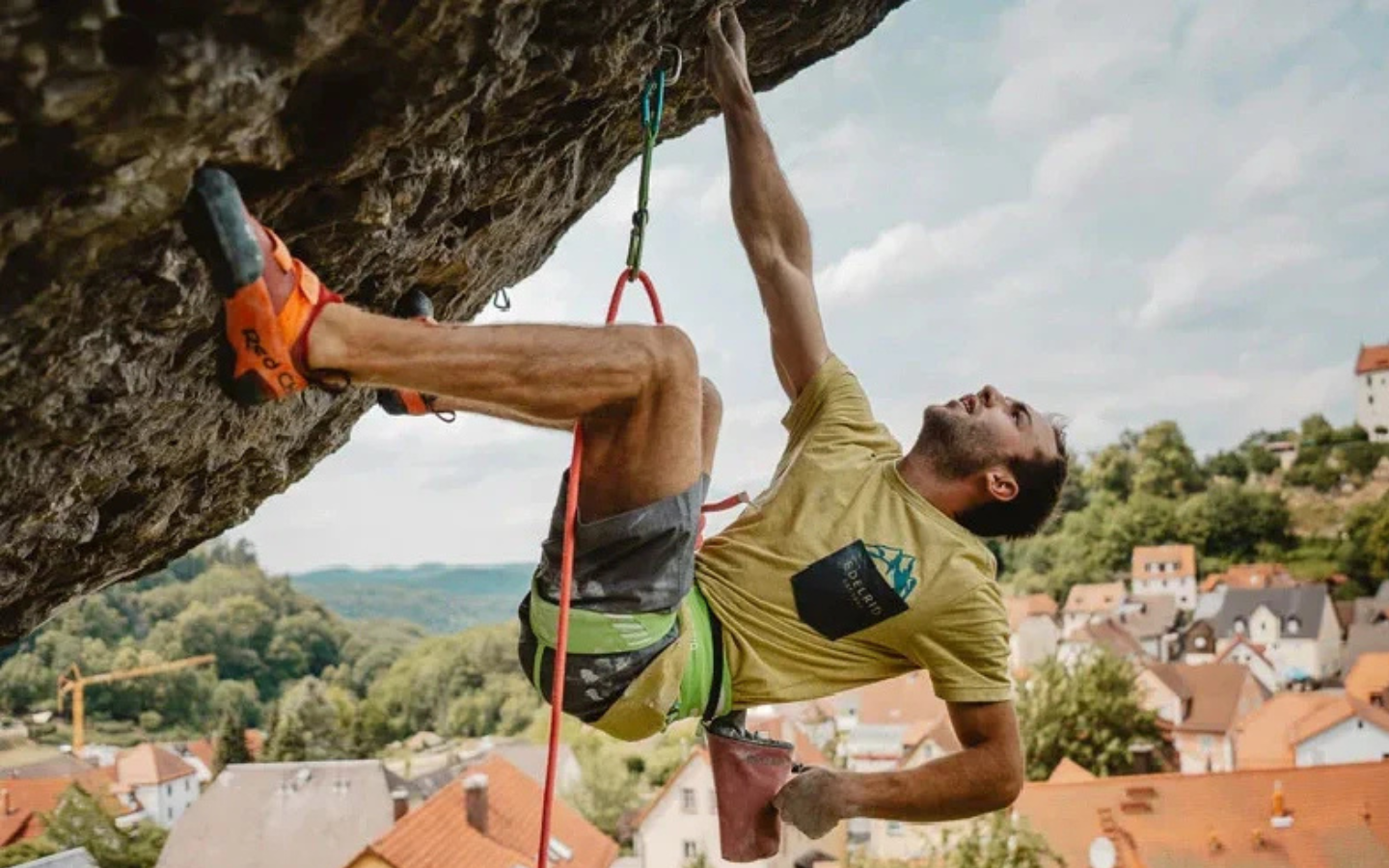
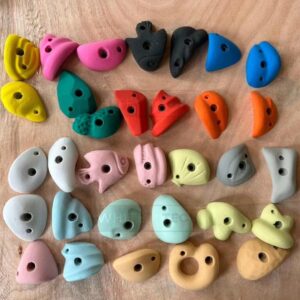


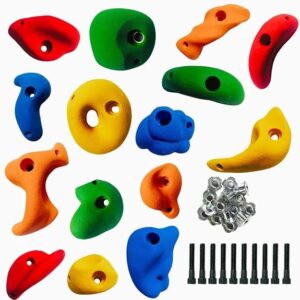
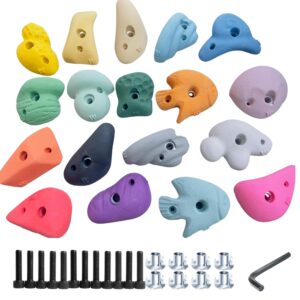

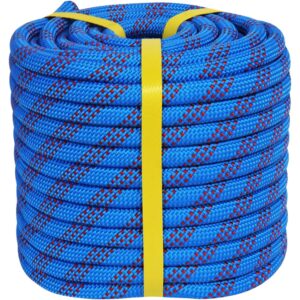
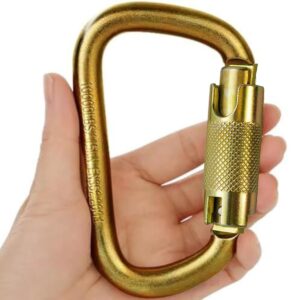
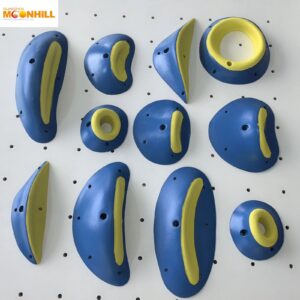
Comments (10)
This article is a lifesaver, quite literally! Who knew a piece of equipment worn around the waist and thighs could be so fascinating? 🧠 I especially appreciated the part about choosing the right harness – its like picking the perfect bicycle helmet, but for climbing. Who knew there were so many types and certifications? The section on care and maintenance was a hoot too, reminding us to treat our harness like the trusty sidekick it is. Its not just equipment; its the unsung hero of our climbing adventures. Thanks for the insightful guide, especially the part about retirement – better safe than sorry, right? 🧼💪deltarune prophecy ending
🍀 vòng quay may — Vào trang, nhập các lựa chọn và bấm nút quay: kết quả “rơi” ra tức thì! Bạn có thể bật không lặp lại, điều chỉnh tốc độ, âm thanh, tỷ trọng xuất hiện cho từng lát cắt để tăng độ công bằng. Rất hợp cho chia nhóm, điểm danh, bốc đề, quay quà nhỏ trong team. Giao diện tối giản, không cần đăng ký, tải nhanh trên mọi thiết bị 📱💻. Link có thể chia sẻ để cả nhóm cùng tham gia và đếm ngược hồi hộp 🎉. Lịch sử được lưu lại giúp bạn kiểm soát nhiều vòng quay liên tiếp.
This is the funniest climbing harness guide Ive ever read! Who knew such safety gear could be so *detailed*? Avoid dragging it over rough surfaces? Oh, the carnage my harness has endured! But seriously, the part about the belay loop vs. tie-in points is crystal clear – less chance of accidentally becoming human spaghetti on the wall. And choosing the right one? Picking between a lightweight sport harness and a trad beast is like choosing your poison at a spicy food festival. Great advice, though – always check those UIAA standards! Now, if only my backpack could distribute weight *this* evenly…act 2 ai video
⏱️ Xem giờ & bấm giờ nhanh với đồng hồ online — đếm ngược, bấm giờ, hẹn giờ, đồng hồ thế giới; chạy mượt trên điện thoại & PC, miễn phí, không cần cài đặt ⚡️🕒
⚾ Play free with quick loads on Football Bros — try baseball bros unblocked today, with football bros unblocked games so you can jump in anywhere, anytime.
🌟 Play free with quick loads on Football Bros — try basketball stars unblocked today, with football bros unblocked games so you can jump in anywhere, anytime.
Giữ khoảnh khắc trên mạng xã hội bằng tải video Facebook—hỗ trợ public/reel, âm thanh chuẩn.
🔄 Chọn ngẫu nhiên công bằng với vòng quay ngẫu nhiên—giao diện tiếng Việt, hỗ trợ full screen và âm thanh.
🚴 Balance and hop in Obby On a Bike—beam rides, gap jumps, tight checkpoints on a smooth unblocked build; no-falls clear? Share your best time.
🛡️ For governance reviews, a targeted pass with ai watermark analysis highlights mechanical cadence and repetitive phrasing for human editors to refine; the tool then removes only zero-width and control characters, leaving meaning intact; combined with tone, style, and glossary checks, this creates a transparent, auditable workflow that strengthens editorial quality without overpromising on detector outcomes.